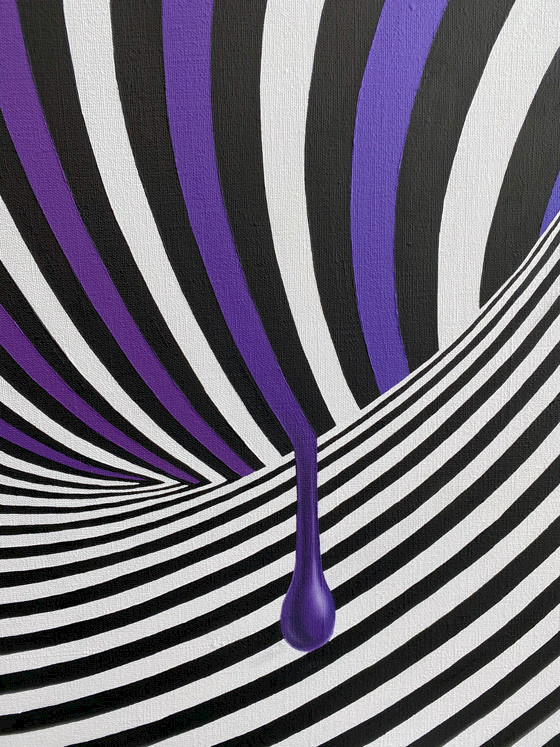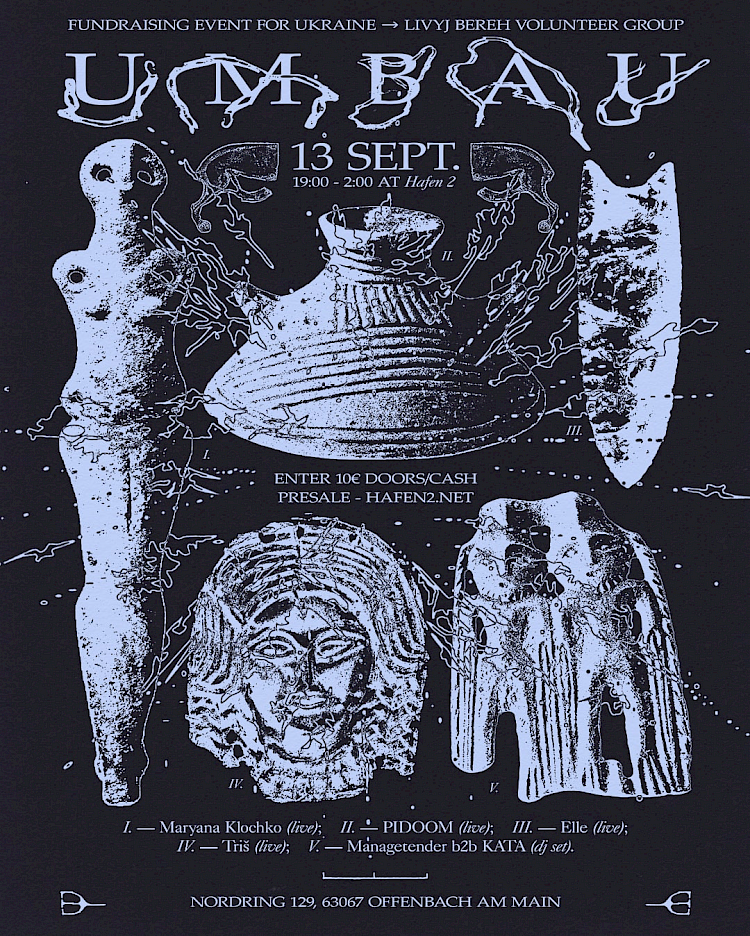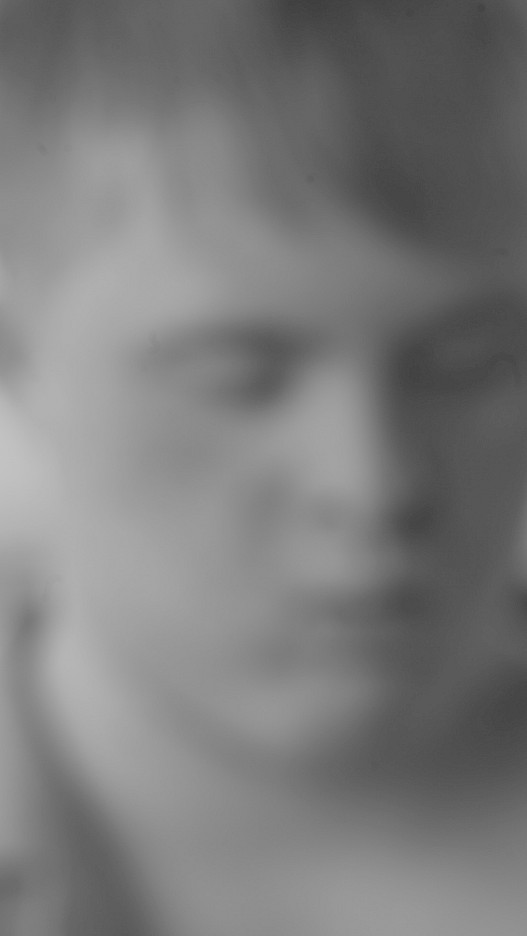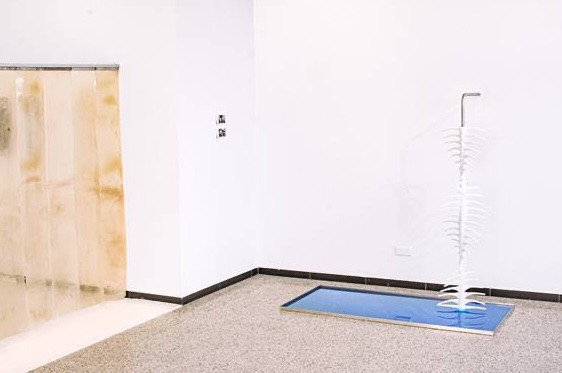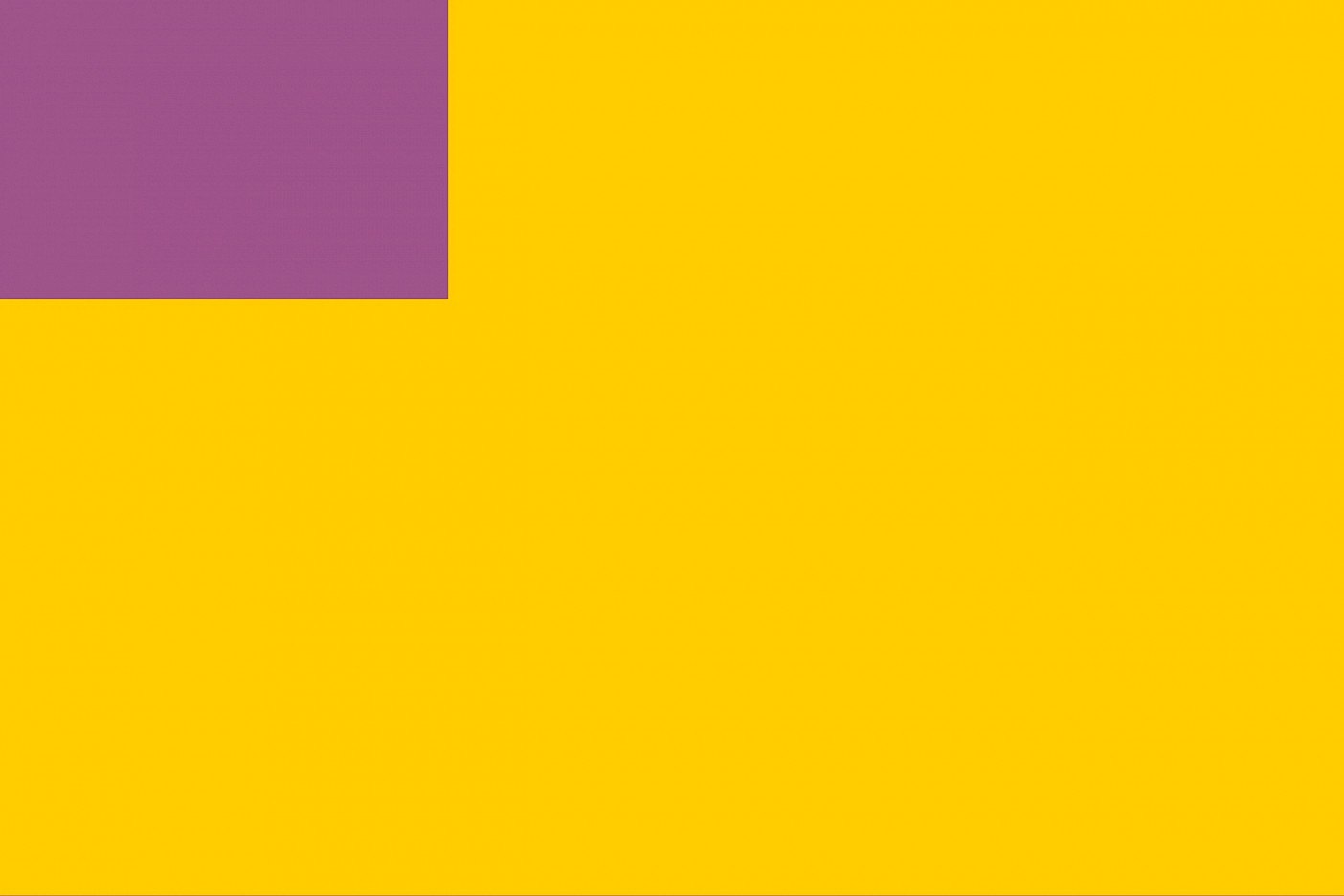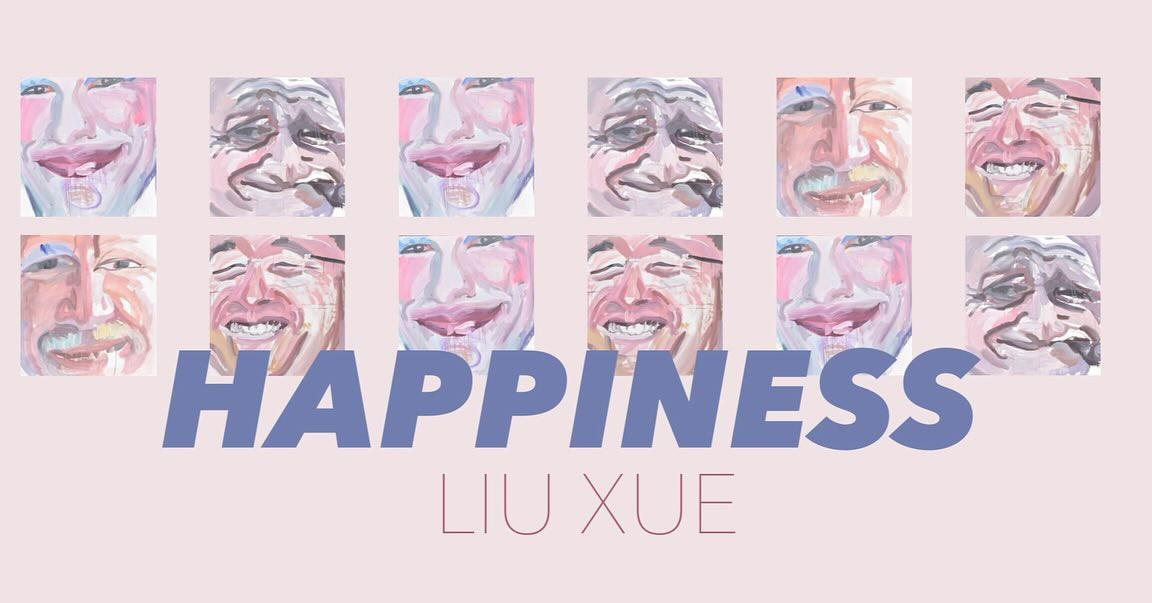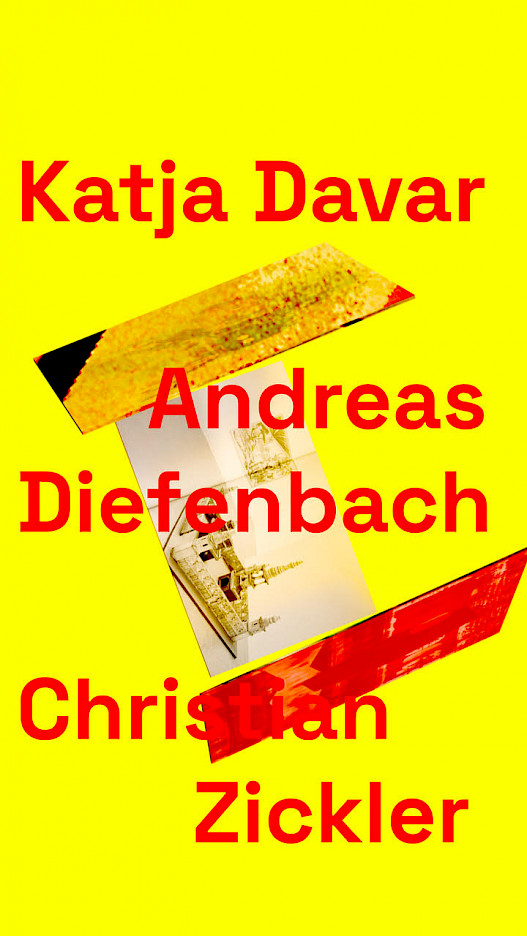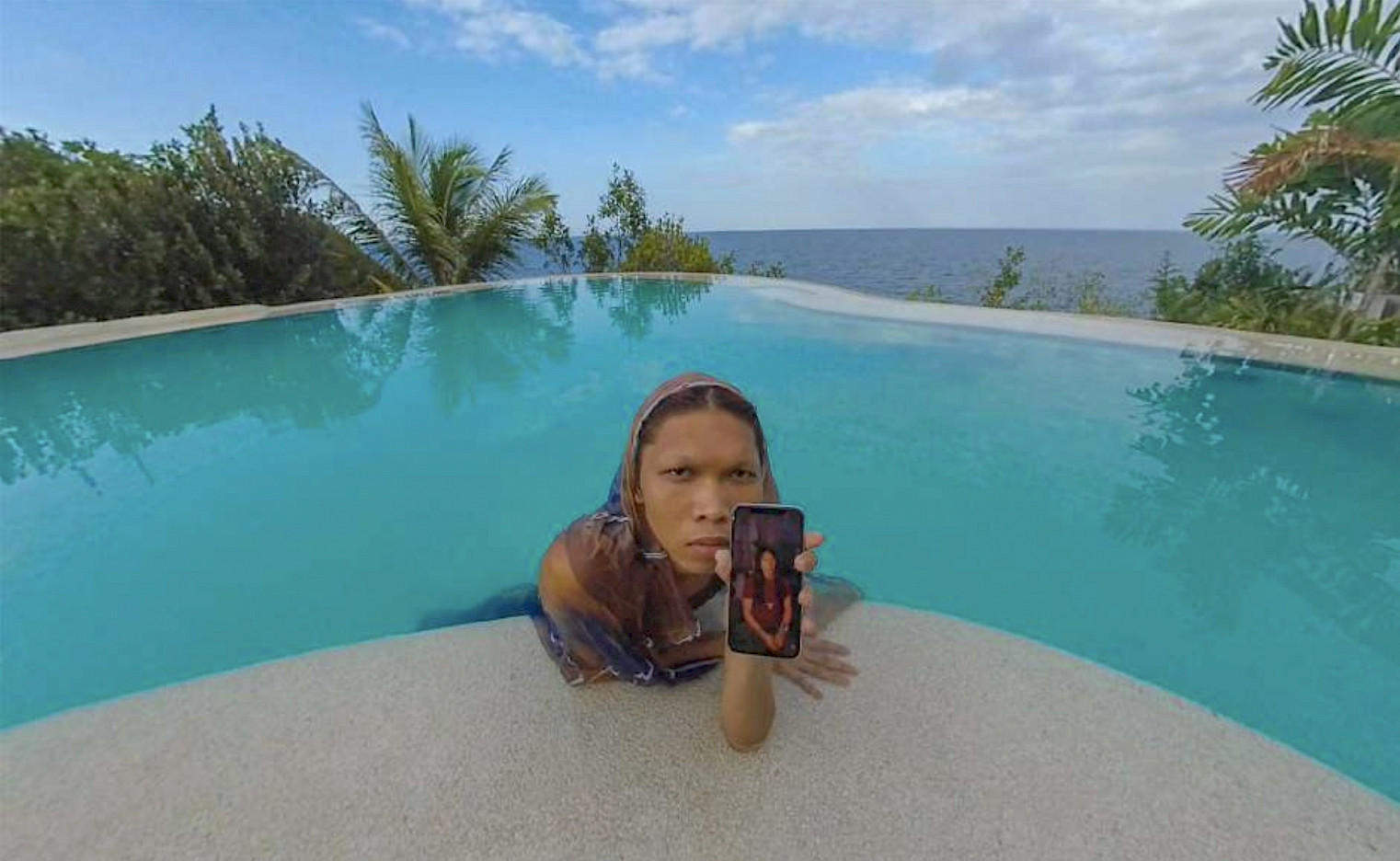PIÑA, WHY IS THE SKY BLUE?
28 APRIL – 4 DECEMBER 2022
JSC Berlin announces emerging artist exhibition program, beginning with the first institutional solo exhibition by Berlin-based artists Stephanie Comilang and Simon Speiser.
Piña, Why is the Sky Blue? is an affirming techno-feminist vision of a future in which ancestral knowledge and new technologies converge. The centerpiece of the exhibition is a video/virtual-reality installation (2021) of the same title, a speculative documentary that narrates the story of a spiritual medium known as Piña. As a form of artificial intelligence, Piña is able to receive and collect inherited knowledge, messages, and dreams from people around the world in order to secure their survival. The show featuring this newly acquired installation marks the first institutional solo exhibition in Germany of Berlin-based artists Stephanie Comilang and Simon Speiser.
Piña, Why is the Sky Blue? features footage shot in the Philippines and Ecuador, where Comilang and Speiser, respectively, have family histories. Its video component includes interviews with activists and healers from local organizations such as the Indigenous feminist collective Cyber Amazonas in Puyo, and Las Martinas de Piedras Negras in Quito, both in Ecuador; as well as with a shaman or Babaylan, in Palawan, Philippines. These are interspersed with footage of agricultural landscapes, abandoned buildings amid lush forests, and documentation of ritual activities carried out by the interviewees. Through an emphasis on matriarchal lineages and their modes of knowledge transmission, the artists consider how precolonial ways of being have survived into the present in spite of their ongoing violent oppression.
The spirit Piña remains invisible in the video, but they speak in voiceover over drone footage, which conjures their disembodied presence. “I am here for you,” they say. “Made out of all of you. Made out of your lost world. When all was being destroyed. And it was all burning. Somehow I survived. And now you’ve found me.” In the VR component, by contrast, Piña can be seen in human form. Initially viewers see Piña carrying out everyday activities, before they enter Piña’s inner world, a fragmentary rendered dreamscape made up of all the data transmitted to them.
In addition to the installation, the exhibition features textile collages made of woven pineapple-cloth swatches sewn together by hand. One of the first commodities from the so-called New World, pineapple (piña) was introduced to the Philippines by Spanish colonialists, where it was grown for the European luxury market as well as used locally as food and fiber. On the individual squares, Comilang and Speiser have 3D-printed an amalgamation of traditional Ecuadorian and Filipino patterns along with new designs generated either by the artists or by a self-learning algorithm. Via the resulting amalgam of various patterns, techniques, and traditions, the material becomes a carrier of information, one that connects the physical and virtual worlds as well as the past and present.
The exhibition is accompanied by a publication featuring an interview between the artists and curator Lisa Long and an essay by London-based writer Alex Quicho.
Stephanie Comilang is an artist living and working between Toronto and Berlin. Her documentary based works create narratives that look at how our understandings of mobility, capital and labour on a global scale are shaped through various cultural and social factors. Her work has been shown at Transmediale Berlin, Ghost:2561 Bangkok Video & Performance Triennale, Hamburger Bahnhof, Tai Kwun Hong Kong, International Film Festival Rotterdam, and Asia Art Archive in America, New York. She was awarded the 2019 Sobey Art Award, Canada’s most prestigious art prize for artists 40 years and younger.
Simon Speiser is an artist who conjures fictional concepts that merge nature with technology. Placing a variety of media and disciplines in dialogue with one another—ranging from writing, sculpture, and printing to video and VR installations—Speiser’s work expands the possibilities between art and science fiction. He has exhibited at the Frankfurter Kunstverein, MMK Frankfurt, CAC Quito, Oracle Berlin, Croy Nielsen, MMCA Seoul, and Robert Grunenberg Berlin, among others.
Curator: Lisa Long
Curatorial Assistant: Eugene Yiu Nam Cheung
OPENING
27 April 2022, 6:00 – 10:00 p.m.
DURATION
27 April – 4 December 2022
OPENING HOURS
Saturday & Sunday, noon–6:00 p.m.
ADMISSION
EUR 5.00
JULIA STOSCHEK COLLECTION
Leipziger Strasse 60 D 10117 Berlin

